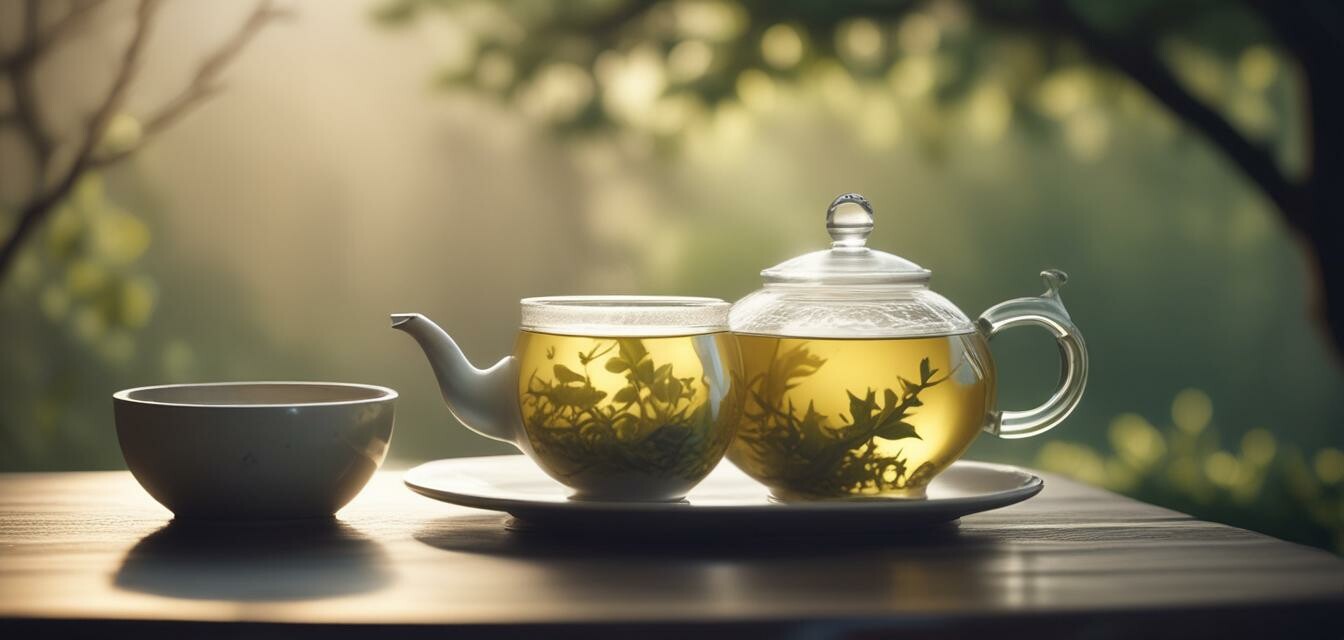
Tips for Brewing White Tea for Maximum Flavor
Key Takeaways
- Use high-quality white tea leaves for the best flavor.
- The ideal water temperature for steeping is between 160°F to 185°F (70°C to 85°C).
- Steep time should be controlled, ranging from 4 to 10 minutes based on your taste preference.
- Experiment with different brewing equipment to find what works best for you.
- Consider blending white tea with flavors to enhance your experience.
Brewing white tea is an art that requires precision and care to extract its delicate flavors and aromas. Unlike other types of tea, white tea is known for its subtle taste and soft character, which can be greatly influenced by the brewing technique you use. In this guide, we'll explore the best practices to ensure that every sip of your white tea is as flavorful and enjoyable as possible.
Understanding White Tea
White tea is often made from the young leaves and buds of the tea plant, minimally processed to preserve their natural qualities. This tea type is celebrated for its light, mildly sweet flavor and a aroma that is enchanting. To brew the perfect cup, it's important to understand the different factors that contribute to its brewing.
Types of White Tea
- Silver Needle
- White Peony
- Long Life Eyebrow
- Tribute Eye
Brewing Techniques for White Tea
1. Water Quality
Choosing the right water is essential for brewing white tea. Here are some pointers:
- Use filtered or spring water to enhance the tea's flavors.
- Avoid distilled water, as it lacks the minerals that can bring out the best in tea.
- Ensure the water is fresh and free from any impurities.
2. Temperature Control
White tea requires a lower brewing temperature compared to other teas. The ideal temperature range is:
| Type of White Tea | Recommended Temperature (°F) | Recommended Temperature (°C) |
|---|---|---|
| Silver Needle | 160 - 175 | 70 - 80 |
| White Peony | 175 - 185 | 80 - 85 |
3. Steeping Time
The infusion time is crucial when brewing white tea. A general guideline is:
- Silver Needle: 4 to 6 minutes
- White Peony: 5 to 10 minutes
Adjust the steeping time based on your personal taste preferences.
The Right Equipment
Choosing Your Teaware
The choice of teaware can influence the brewing process significantly. Consider using:
- Glass teapots: Allows you to see the color of the brew.
- Porcelain teapots: Retains heat well and ensures even steeping.
- Gaiwan: A traditional Chinese tea vessel that offers great control over the infusion.
Enhancing Flavor Through Blending
White tea can be enjoyed on its own, but you can also experiment with flavor blending. Here are some ideas:
- Add jasmine flowers for a floral note.
- Mix with berry flavors for a fruity twist.
- Integrate mint leaves for a refreshing touch.
Common Mistakes to Avoid
To brew an exceptional cup of white tea, steer clear of the following pitfalls:
- Using boiling water which can scorch the leaves.
- Over-steeping which leads to bitterness.
- Using low-quality tea leaves that lack flavor.
Beginner's Tips for Brewing White Tea
- Start with high-quality loose leaves over tea bags.
- Experiment with different steeping times to find your perfect brew.
- Keep a notebook to track your tea experiences and preferences.
- Join tea communities or forums for more insights on brewing techniques.
- Explore other types of tea to diversify your tea brewing skills.
Conclusion
Brewing white tea is a gentle process that rewards patience and attention to detail. By focusing on quality ingredients, using the right temperature and steeping times, as well as proper equipment, your white tea experience can be greatly enhanced. Visit our Tea Brewing Techniques category for more tips and insights on brewing different types of tea.
Pros
- Delicate and refreshing flavor
- Lower caffeine content compared to black tea
- Rich in antioxidants
Cons
- Requires careful brewing to avoid bitterness
- Limited availability of quality leaves
- Often more expensive compared to other tea types